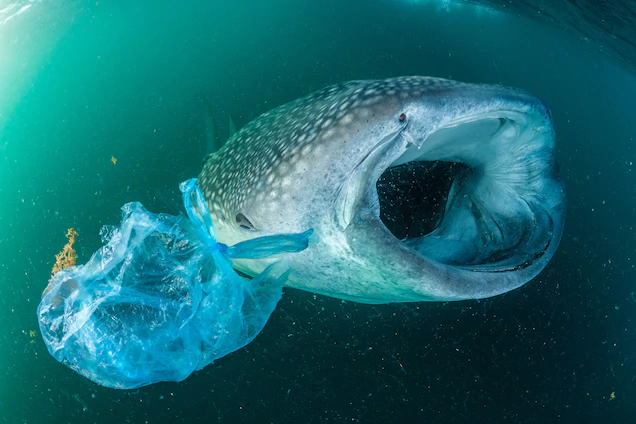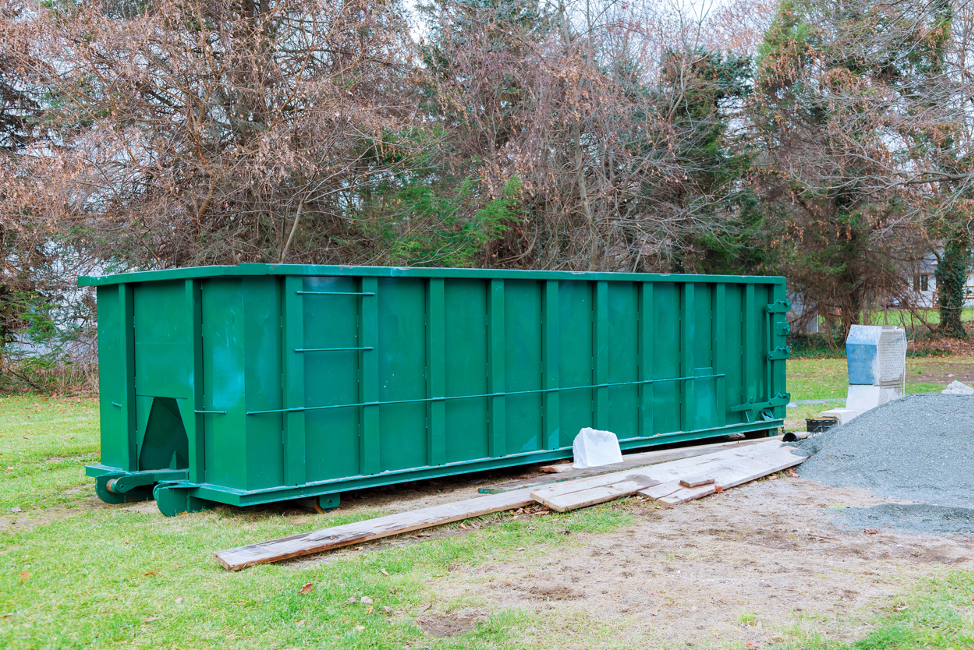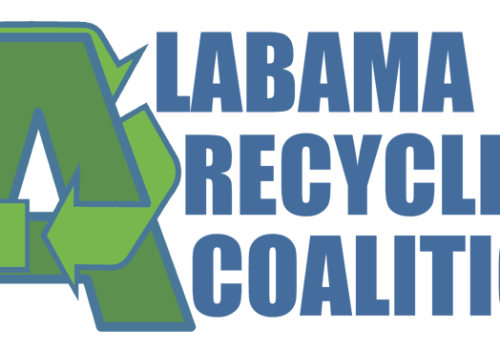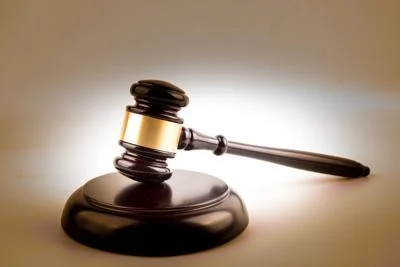Ways To Reduce Plastic Pollution
Plastic Pollution: Nobody wants to reflect on the fact that the ocean is basically a garbage soup while relaxing on the beach. However, here’s the stinging reality:. Millions of tones of plastic waste are floating around that water.
1. Wean Yourself Off Disposable Plastics.
About 90 percent of the plastics we use on a daily basis are single-use items that are thrown away after a single use. Replace these products with reusable ones based on how frequently you use them. It only takes a few trips to the store, the office, or Starbucks to make bringing your own bags, silverware, or a travel mug a habit.
2. Stop Buying Water.
Each year, about 20 billion plastic water bottles end up in the garbage. Reusable bottles are a must-have for anyone who wants to avoid buying Poland Season or Evian ever again. If you’re concerned with the quality of the water coming from your tap, glance for a model that includes a built-in water purification system.
3. Boycott Microbeads.
Some cosmetics, like facial scrubbers, toothpaste, and body wash, contain microscopic plastic scrapers that can bypass water treatment facilities. Marine animals, on the other hand, mistake them for food. Instead, look for products that contain natural exfoliants like oats or salt.
4. Cook More.
There are no takeout vessels or doggy bags to worry about when you cook your own food. To avoid using plastic cutlery when ordering takeout or dining out, tell the restaurant you don’t want any and bring one’s own food storage containers.
5. Purchase Items Secondhand.
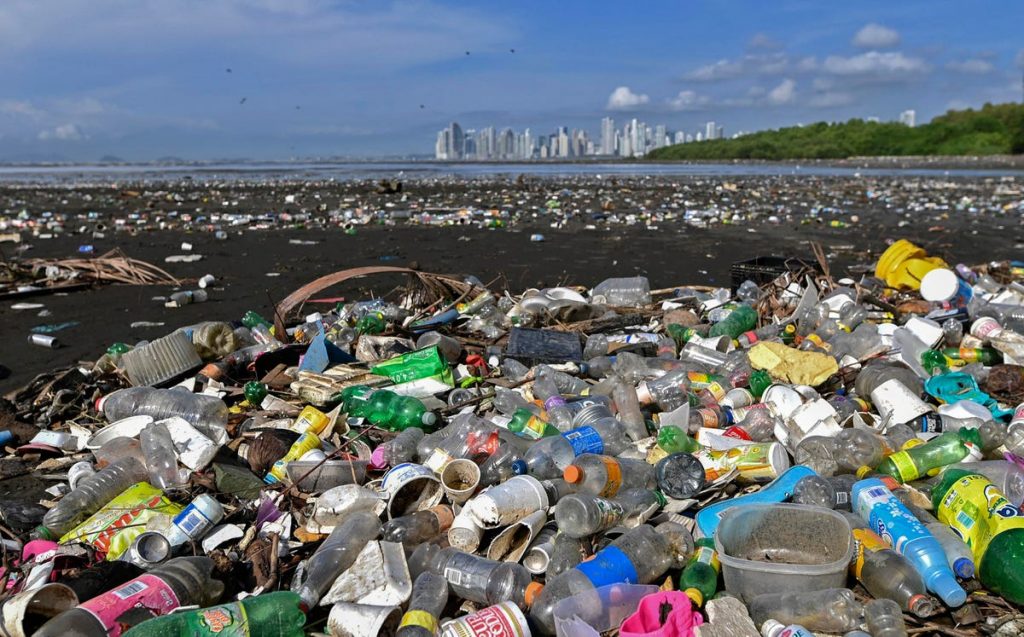
All kinds of plastic containers adorn new toys and electronic devices, especially those that are difficult to open. Thrift stores, neighbourhood garage sales and online listings are great places to find previously owned goods and are just as good as new. You’ll also save some money.
6. Recycle (Duh).
Even though it’s obvious, we aren’t doing a good job of it. For instance, only 14% of plastic packaging is put back into circulation. Are you unsure of what can and cannot be thrown away? The container’s serial number can be found on the bottom. Most trash and recycling recycling companies accept #1 (PET) bottles, which are commonly found in beverage and solvent cleaner packaging. Plastic cutlery, yoghurt and margarine tubs, and ketchup bottles marked #2 (HDPE; slightly heavier-duty) and #5 (PP; plastic cutlery and bottles) are also recyclable in some areas. Earth911.org’s recycling directory is a good place to look for information specific to your area.
7. Support A Bag Tax Or Ban.
Your elected officials should join San Francisco and Chicago in reducing the use of plastic bags by introducing or passing laws to that effect.
8. Buy In Bulk.
Take into account the product to packaging magnitude relation of items you frequently purchase, such as single-serving yoghurt, travel-size toiletries, or small packages of nuts, and opt for the larger container.
9. Bring Your Own Garment Bag To The Dry Cleaner.
Invest in a zippered fabric bag and request that your cleaned items be returned in it instead of sheathed in plastic. (And while you’re at it, make sure you’re frequenting a dry cleaner that skips the perc, a toxic chemical found in some cleaning solvents.)
10. Put Pressure On Manufacturers.
Corporations, on the other hand, have a much larger impact on the world than we do. Speak up if you think a company’s packaging could be improved. Write a letter, tweet, or hit one another where it hurts the most: transfer your money toward a more sustainable rival.

